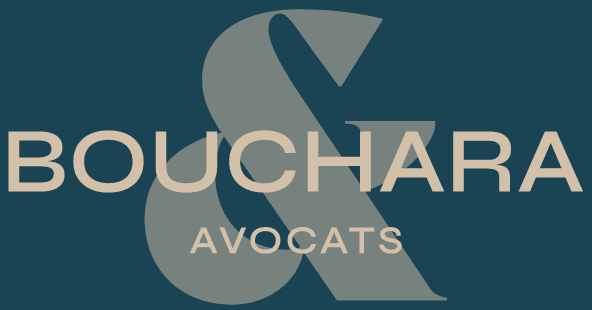Lexicon > Prior art search
Prior art search
A trademark is a distinctive sign which, in order to benefit from protection under trademark law, must be available.
The legal concept of availability implies that the registered trademark does not impede the rights of third parties who may use the same sign in the course of business and for an identical or similar activity.
Indeed, article
L. 711-3 of the Intellectual Property Code
provides that “a trademark infringing prior rights having effect in France may not be validly registered and, if registered, may be declared invalid”.
The search for prior art is a search carried out prior to any trademark filing, which aims at identifying prior rights identical or similar to the sign whose filing and exploitation are proposed, which would thus be likely to constitute a risk for the filing, registration and/or exploitation of a sign.
The search for anteriorities can thus be carried out among the prior trademarks, but also among the prior company names, trade names and/or domain names that constitute anteriorities that can be used against subsequent trademarks.
It must therefore be systematic and carried out by an intellectual property specialist – lawyer or counsel (CPI) – “by similarities” (and not simply “identical”) in order to cover as many prior rights as possible and to limit the risks of a filing and/or exploitation.
Indeed, identical searches (i.e. to the nearest letter) can be performed manually on trademark databases, but they do not allow to cover similar trademarks (one or more letters difference, different letters but identical or similar pronunciation, conceptual similarities etc…) which constitute however sometimes blocking risks.
For example, an “identical” search on the name HELENE will not cover the variants ELLEN, ELEN or ELAINE, for example, which are very similar in terms of the applicable case law.
Moreover, it is often holders of similar prior rights who oppose the registration and/or use of a trademark, and who can thus obtain :
- Refusal of registration of the subsequent trademark application in the context of an opposition ;
- Invalidity of the subsequent trademark in the context of a nullity action;
- The prohibition of use of the trademark and/or the subsequent sign, this time in the context of an infringement action before the Courts.
The risk presented by the prior rights of third parties is therefore not only a legal risk (cancellation of the trademark, for example), but also a real practical and financial risk (infringement actions requesting the prohibition of marketing and damages, obligation to modify the entire branding strategy, risks of losing the clientele attached to the sign, etc.).
Finally, prior art search services provided as a “list only” without being accompanied by an analysis (byINPI, for example) offer very little visibility on the real risks posed by the prior rights identified.
Indeed, without further analysis, it is sometimes not easy to determine that a prior trademark, although identical, has not been used for more than five years(vulnerable to a lapse action for lack of use in particular) and can therefore be neutralized upstream.
Trademarks are distinctive signs that play a key role in business life. They allow a company to attract customers and can be a guarantee of a certain quality of the product(s) and/or service(s ) it designates.
Therefore, it is important for the applicant (individual or company) to make sure that the sign he intends to register is not prejudicial to existing prior rights that could be an obstacle to his trademark registration.
Once the trademark is registered, the owner must use it effectively (a lapse action can be brought by any third party at the end of a five-year period following registration) and ensure that it is not taken over by a competing third party.
It is therefore recommended to be accompanied by a specialized lawyer in order to determine the protection strategy for your distinctive signs and to defend them against infringements that could be brought against them (for example, a fraudulent use of your trademark on products, via a domain name, etc.).
Point of jurisprudence
For example, the following trademarks have been considered similar by the Trademark Offices:
 and ACCAMONEY (EUIPO, April 13, 2022);
and ACCAMONEY (EUIPO, April 13, 2022);
- FIND and I.N.D (EUIPO, April 8, 2022);
 and VIVO WALLET (EUIPO, April 7, 2022);
and VIVO WALLET (EUIPO, April 7, 2022);
- OLYMPIC and OLYMPE CLUB (INPI, March 28, 2022);
- BLABLACAR and BLABLASTAR (INPI, March 4, 2022).
The Bouchara firm assists you in particular in :
- The conduct of prior art searches prior to any trademark filing;
- in France and abroad (including in particular the drafting of the wording of the classes of product(s) and/or service(s), the analysis of the distinctive character of the sign etc.);
- If applicable, the response to official notifications of irregularities issued by the Offices(INPI for French trademarks, EUIPO for European Union trademarks, etc.);
- Protection and defense of your intellectual property rights before the Offices and the Courts (opposition proceedings, nullity action, lapse action for non-use, seizure proceedings, infringement action, unfair competition action, etc.).
